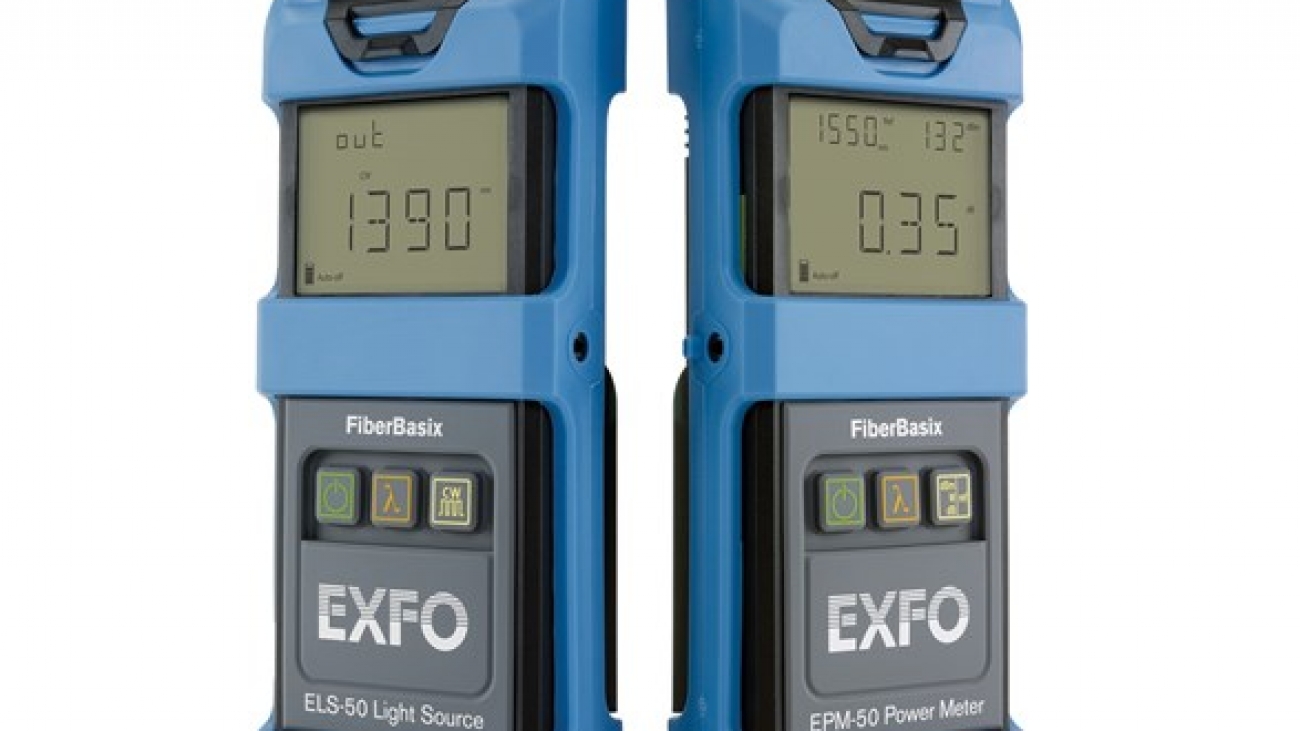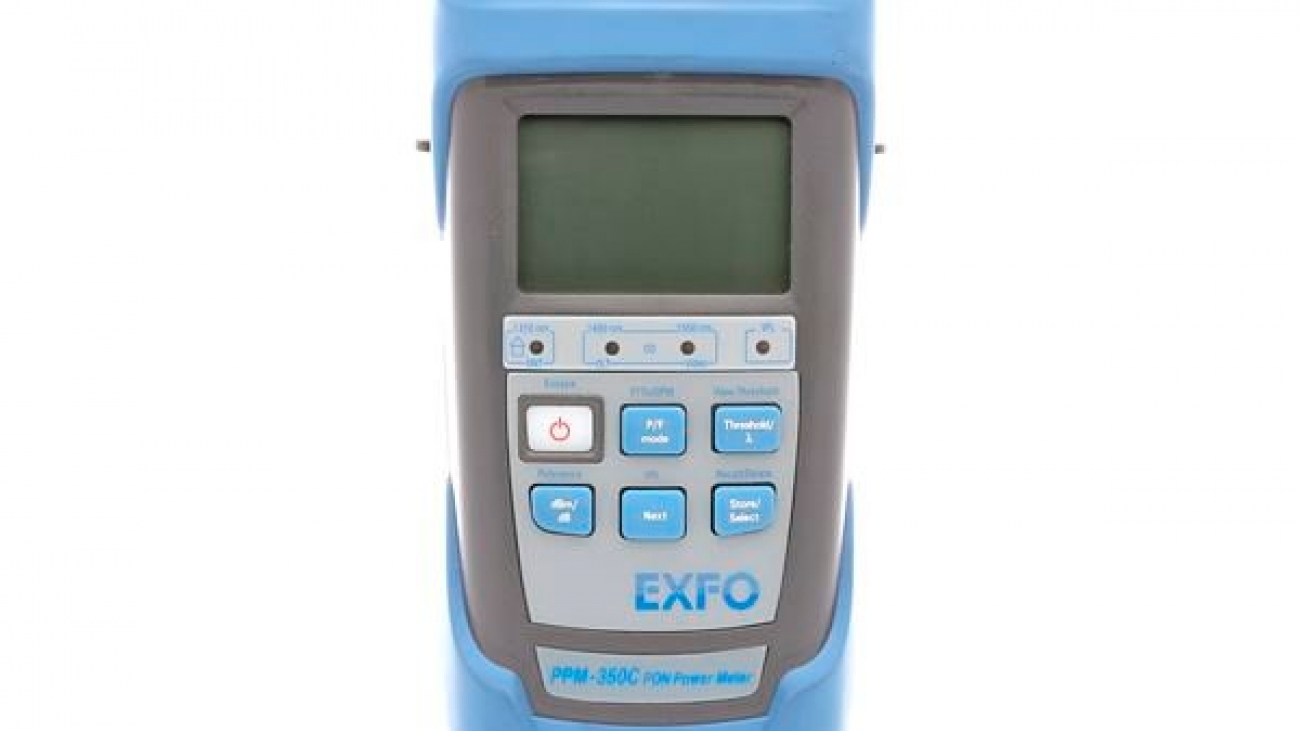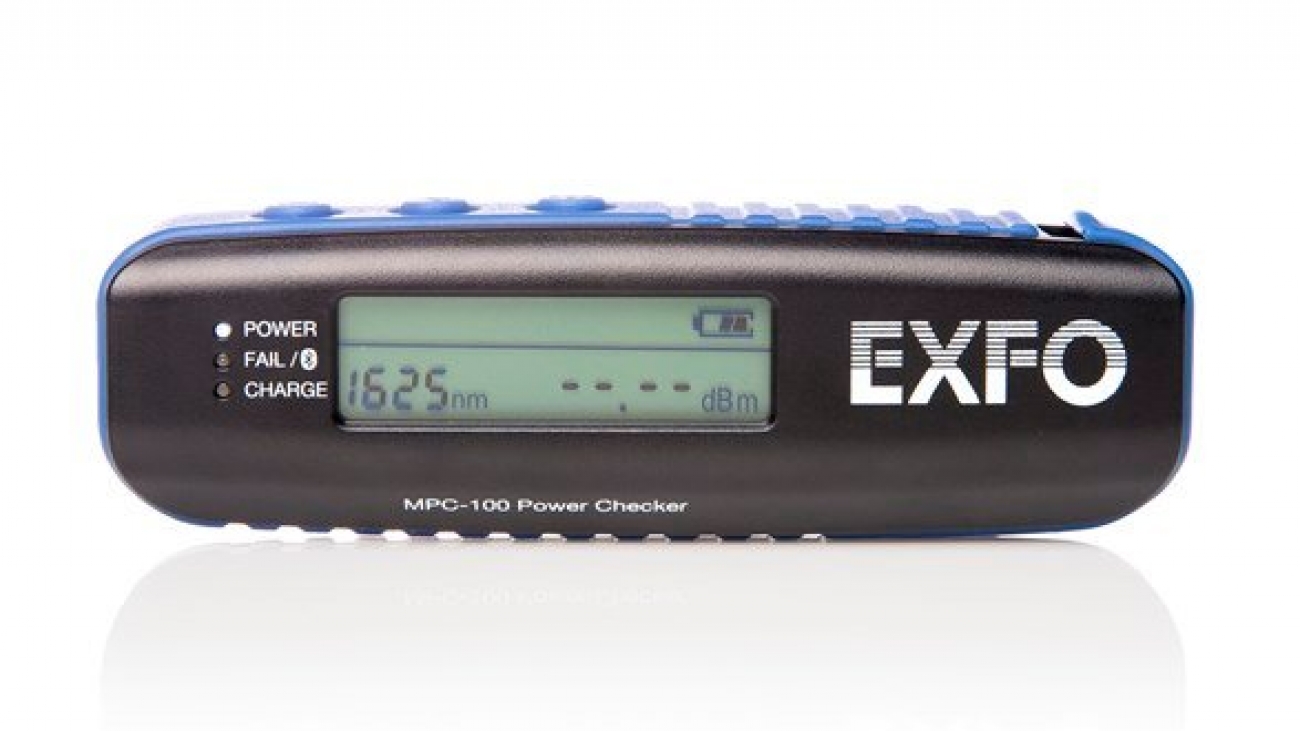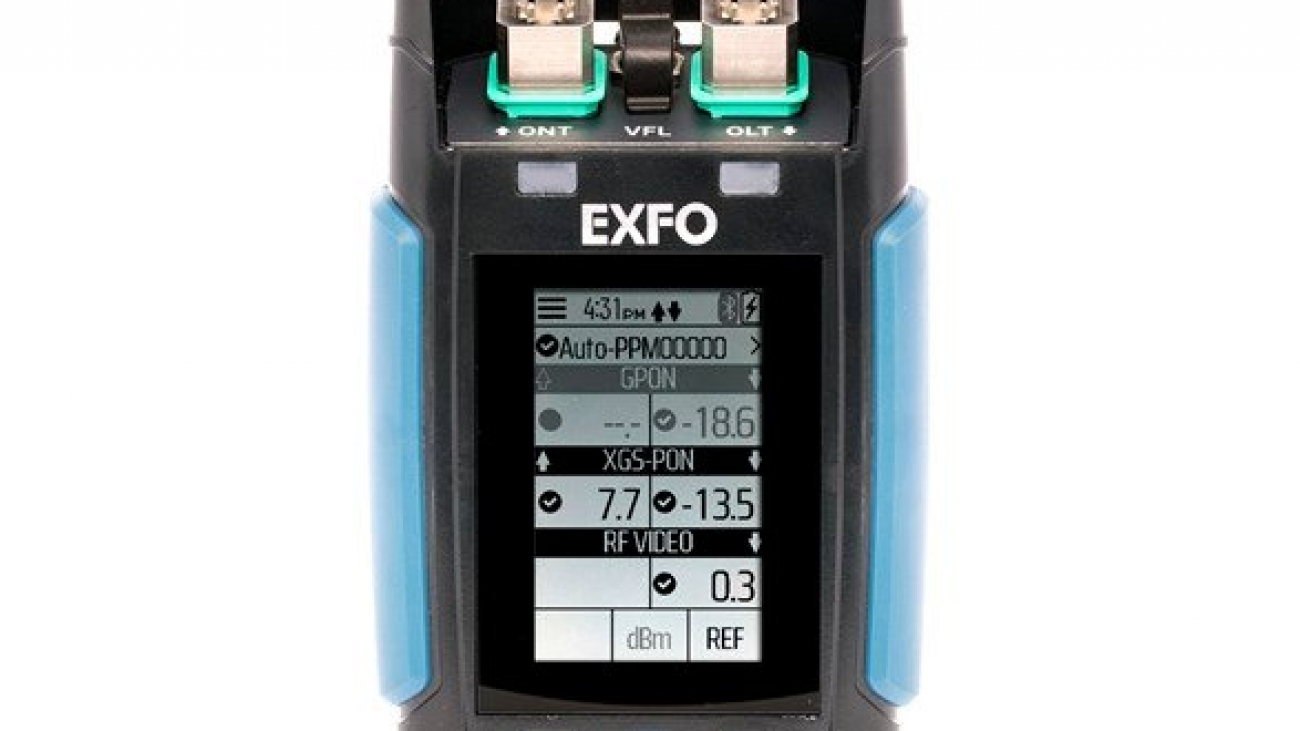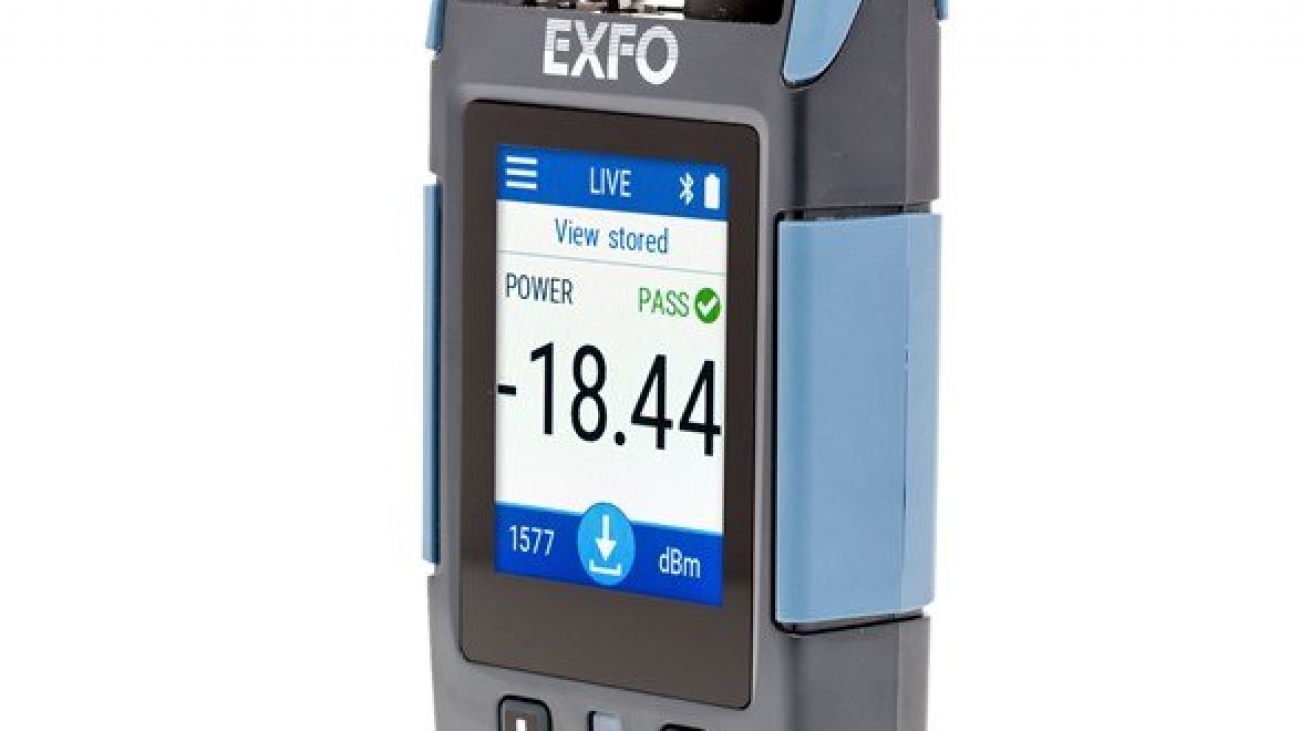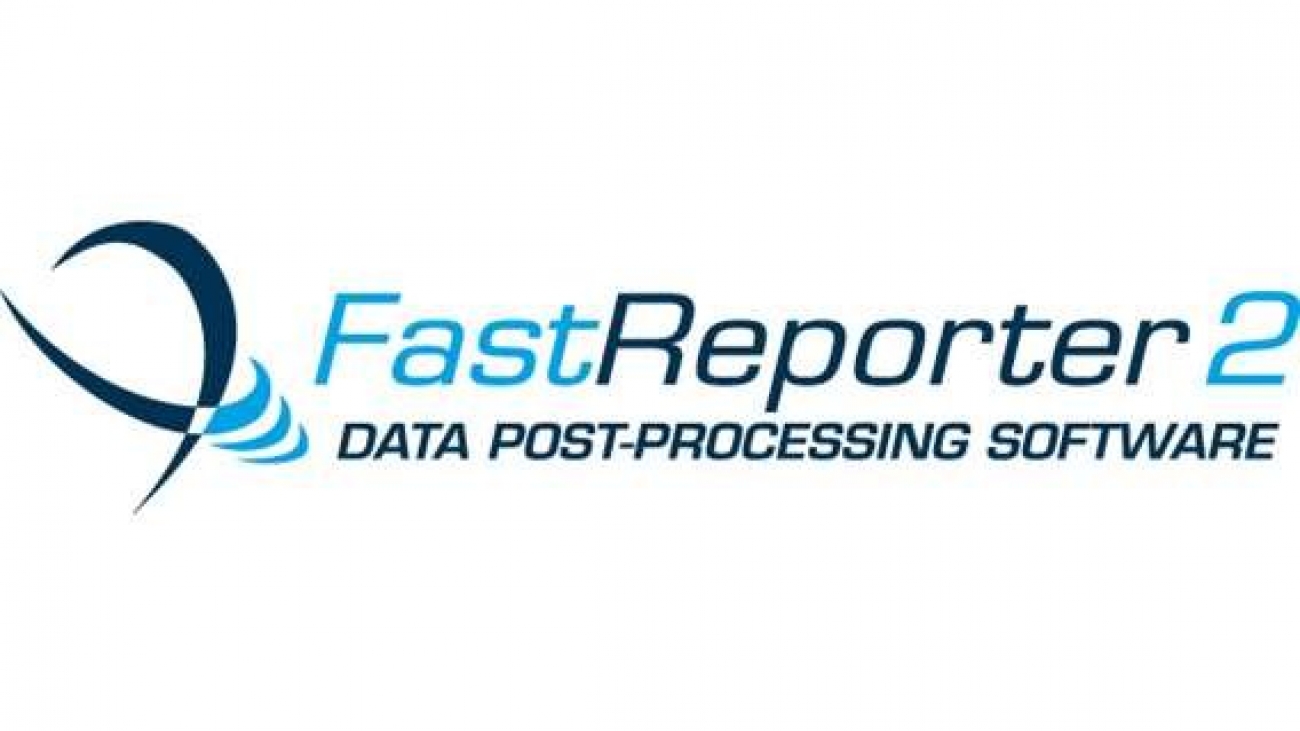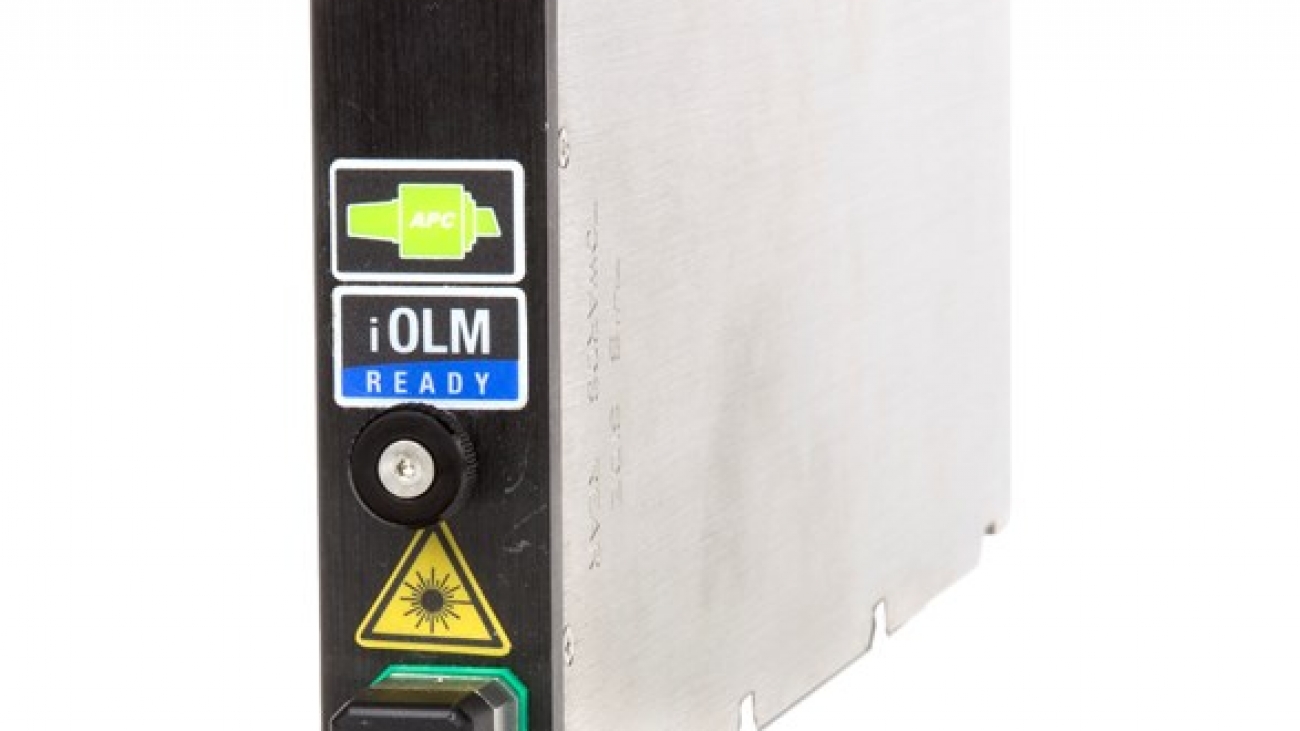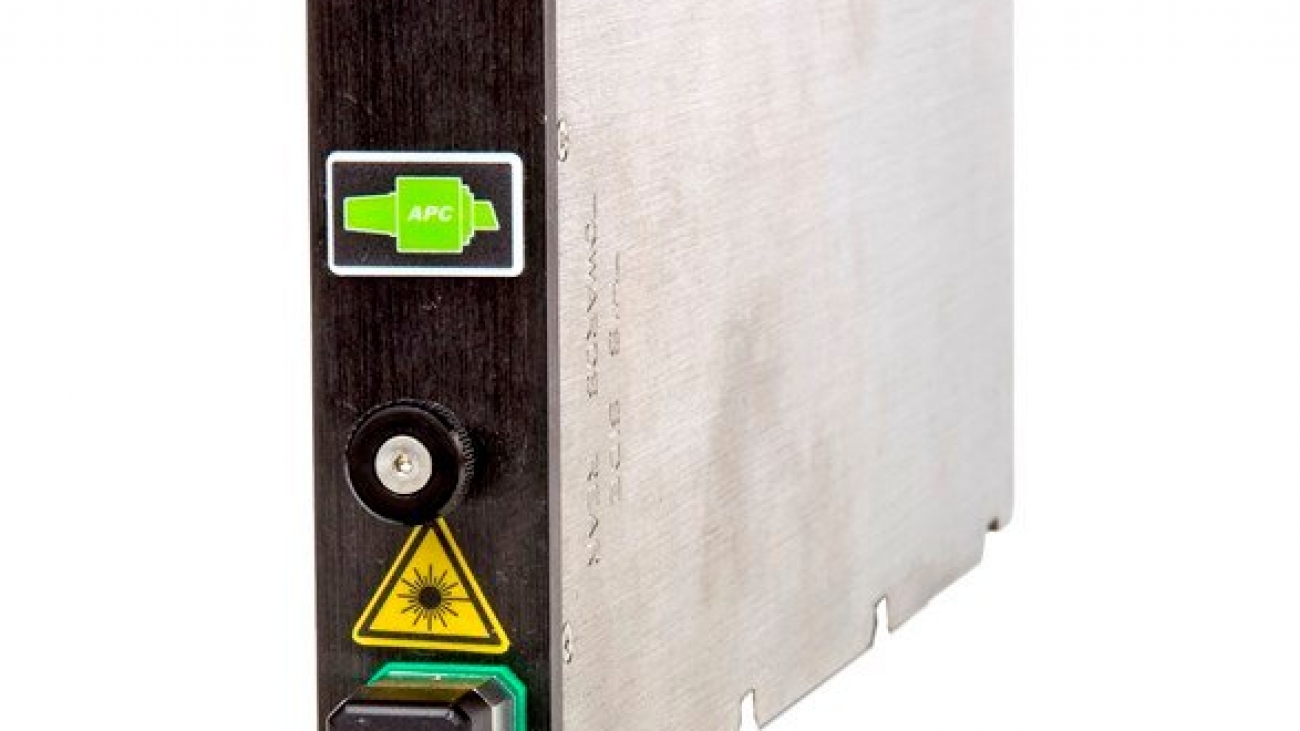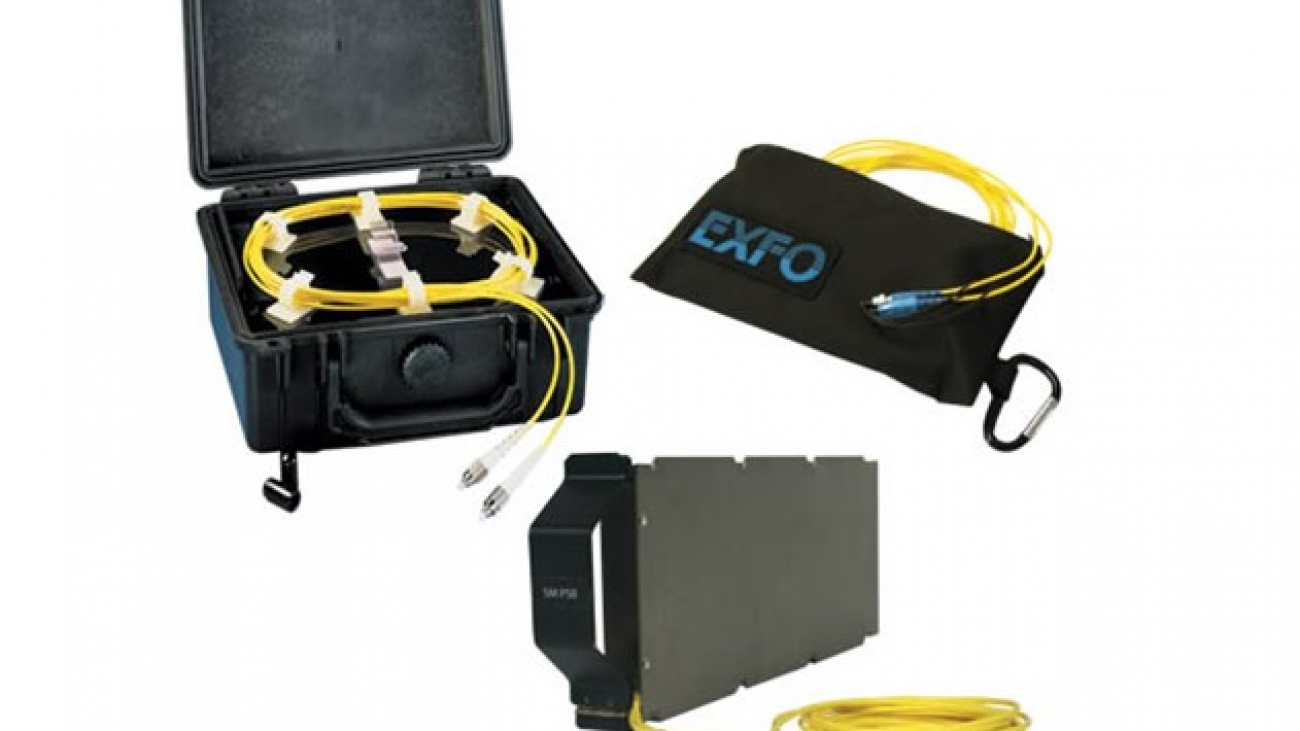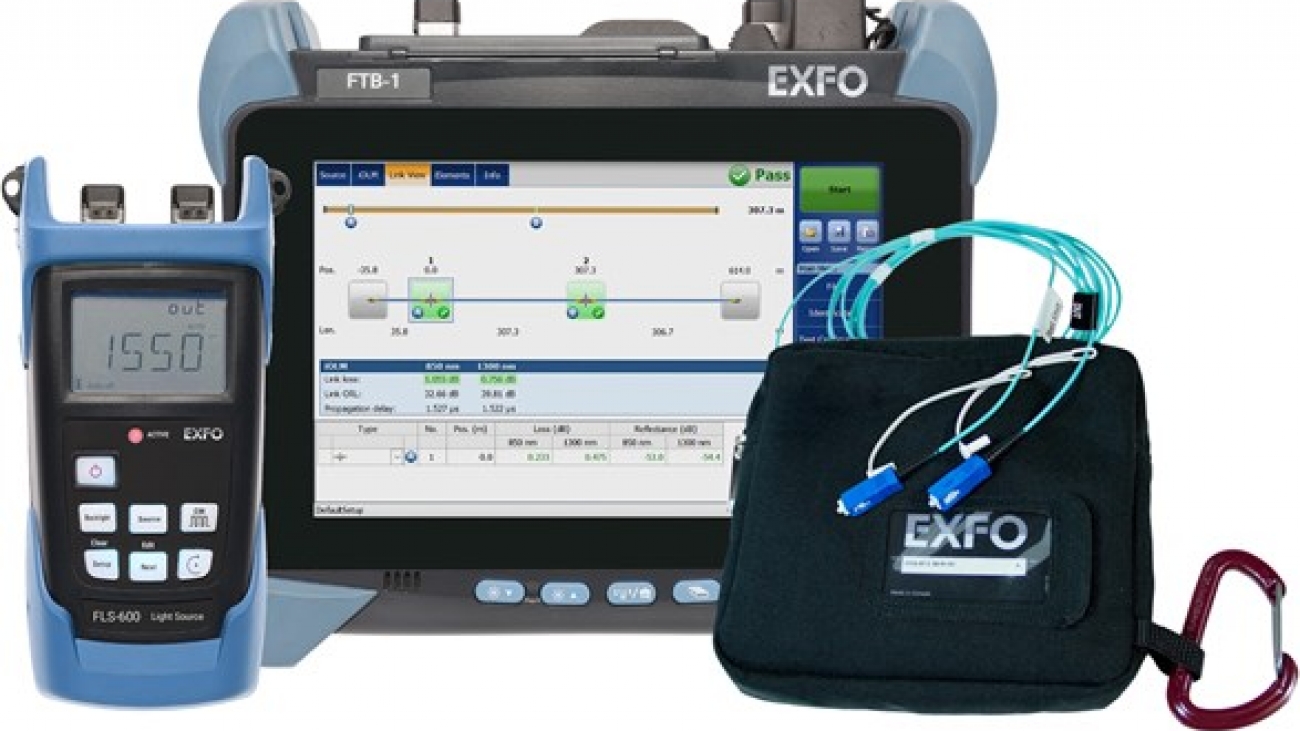No-compromise versatility for metro and long-haul testing
Today’s fiber networks integrate long-haul and metro applications, making OTDR versatility a must. While long-haul architectures require high dynamic range values to reach greater distances, metro links demand an OTDR offering good resolution (short dead zones) due to the proximity of many connection points. Up to now, OTDR users had to compromise on one or the other and buy two units—a choice that they no longer have to make.
The FTB-7400E OTDR combines EXFO’s renowned optical performance and unparalleled software analysis with both short dead zones and high dynamic range values, delivering the versatility needed to test long-haul and metro links with a single OTDR.
With high dynamic range and short dead zones, the FTB-7400E measures end-to-end loss through multiplexers and demultiplexers, helping service providers speed up troubleshooting and maintain first-class quality of service (QoS) standards.
EXFO’s OTDR software: boosting productivity in the field
Auto and advanced modes: choose your testing approach
Streamline data acquisition in the field and report generation back at the office with EXFO’s powerful OTDR software. Choose from two testing approaches: Auto mode or Advanced mode.
Auto mode: one-touch testing
Ideal for basic, repetitive applications, the Auto mode shortens the learning curve for new OTDR users.
- Preset test parameters
- Choice of single- or dual-wavelength OTDR testing
- Convenient one-step event table
Advanced mode: flexibility for experts
For complete control over your test routine, select the Advanced mode. Manually set all acquisition parameters, including the index of refraction (IOR) and helix factor. Save time and get better results by fine-tuning acquisition parameters on the fly.
General OTDR software features
Great display legibility for outdoor work
For installation and maintenance crews, working outdoors goes with the territory. Switch between black and white display backgrounds as needed, and enjoy great legibility, even in the brightest daylight.
Smooth data management
This feature combines file autonaming with subset cable and fiber incrementation.
Universal OTDR compatibility
Based on the universal Bellcore format (.sor, Telcordia SR-4731), the software lets you access OTDR traces from various test and measurement manufacturers. You can therefore use the FTB-200 or the FTB-500 and still refer to your previously archived OTDR files.
FTB-500 platform OTDR software feature
Multiple-trace comparison
Multiple-trace viewing lets you quickly compare traces and detect anomalies within fibers of a tube, a ribbon or even a whole cable.
FTB-200 platform OTDR software features
Summary screen
View—at a glance—the pass/fail status for each tested wavelength. What’s more, the software automatically detects macrobends, which are also displayed in the summary screen.
Linear trace view
This feature virtually eliminates the need to analyze complex OTDR graphs. It provides a straighforward display of all events and related loss and ORL values. Easily toggle between OTDR traces and the linear view.
Fast-track data post-processing with FastReporter software
The optional FastReporter software package provides you with the post-processing tools and functionalities you need to meet such challenges, whatever the application. Designed for off-line analysis of field-acquired data, FastReporter offers a truly intuitive graphical user interface (GUI), which contributes to boosting productivity.
Live templating for OTDR testing
Benefit from one-step file management at any wavelength. Keep full control by adding or removing events manually, or add/remove events automatically using a reference. Get uniform, detailed cable reports.
Powerful batch processing
Automate repetitive operations on large numbers of OTDR test files, and optimize your productivity. Document an entire cable in a matter of seconds. Adjust your cable parameters and detection thresholds and perform batch analysis. Open OTDR files from various vendors’ equipment and convert them to the universal Telcordia format.
Bidirectional batch analysis
Analyze an entire cable in just two steps. View data for all events on all fibers, and at each wavelength, on a single screen.
Flexible reporting
Choose from various report templates, including loss and ORL, OTDR, PMD, CD and fiber characterization. Generate comprehensive cable reports in PDF, Excel or HTML format.
Time savers from EXFO’s OTDR viewer software
This free software brings you key data post-processing features such as:
- Pass/warning/fail threshold setup, which helps you meet ribbon and multifiber validation specifications
- Bidirectional trace analysis, which provides more accurate, averaged loss measurements for each event
- Multifiber testing using the Template Trace mode, which dynamically compares new OTDR results with a trace you assign as a reference.
